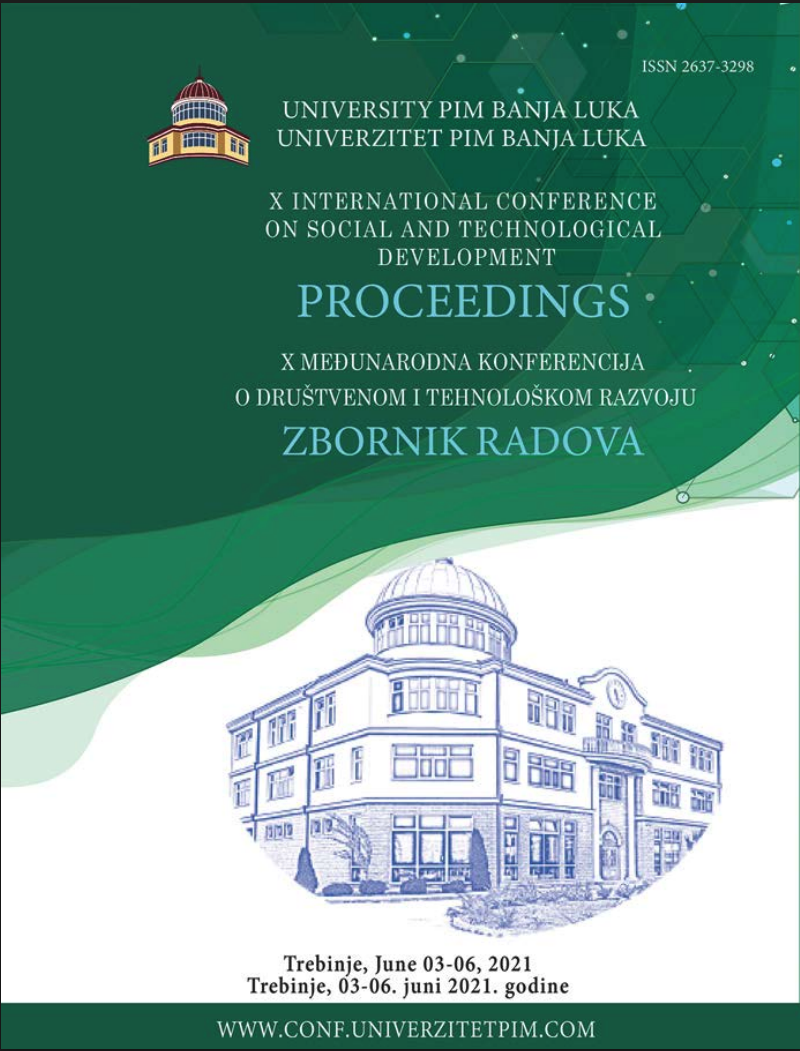
This is an open access article distributed under the Creative Commons Attribution License which permits unrestricted use, distribution, and reproduction in any medium, provided the original work is properly cited.
Faculty of Philosophy, University PIM , Banja Luka , Bosnia and Herzegovina
Social anxiety disorder is an excessive fear that a person experiences in different social situations where there is a possibility of assessment by other people. This paper presents the group treatment of four students with social anxiety, aged 21 to 25 years, lasting 12 meetings. The goals of the treatment were: to teach students how to deal with anxiety, to improve daily functioning by increasing the number of situations they face and to motivate students to continue exposure after completing the treatment. The intellectual abilities of the participants were tested through the VITI intelligence test, while the personality traits were tested with the Five-Factor Personality Questionnaire. The Anxiety Sensitivity Index, the Beck Anxiety Scale, and the Anxiety Scale in social situations were also used to gain insight into each participant’s specific predispositions of anxiety. Interventions with emphasis on gradual exposure and cognitive restructuring were used in therapeutic work. In particular, the therapy program was created according to the group BKT treatment by Heimberg and Becker (Heimberg and Becker, 2002) but was adapted to the needs and abilities of the participants. At the end of the treatment, students report more efficient treatment of anxiety and better daily functioning, despite the fact that anxiety is present.
social anxiety, group treatment of Heimberg and Becker, group psychotherapy, students, cognitive restructuring
The statements, opinions and data contained in the journal are solely those of the individual authors and contributors and not of the publisher and the editor(s). We stay neutral with regard to jurisdictional claims in published maps and institutional affiliations.